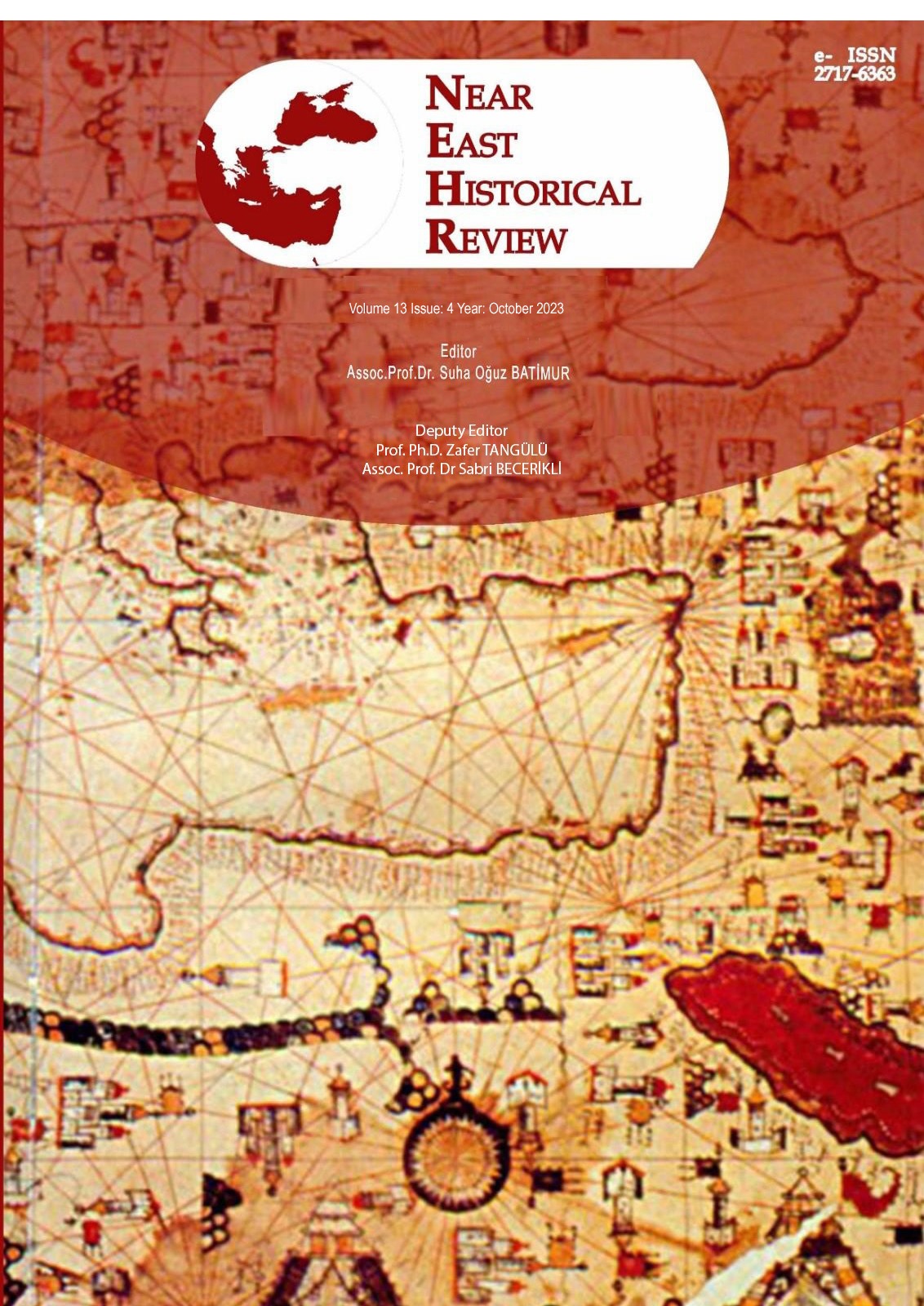Author :
Abstract
Topraklarının büyük bir kısmı Ege Bölgesi’nde yer alan tarihi ve doğal güzellikleriyle dikkat çeken Muğla ili, tarih boyunca doğal afetlere ve salgın hastalıklara maruz kalmıştır. Ege Denizi’nin güneyindeki aktif fay hatları üzerinde bulunan Muğla’da deprem en büyük doğal afettir. Burada 20. yüzyılda meydana gelen depremler incelendiğinde en büyük depremlerin 1926, 1933, 1941 ve 1957 yıllarında gerçekleştiği görülmektedir. Ormanlık alanların bol olduğu Muğla ili, şiddetli yağışlara bağlı sel ve heyelan felaketlerine de maruz kalmıştır.
Doğal afetlerin yanı sıra salgın hastalıklar da Muğla’nın tarihinde önemli bir yer tutmaktadır. 20. yüzyıl başlarında denizden İzmir, Rodos ve Antalya yoluyla, karadan ise İzmir ve kuzey taraftan gelen yolcular burada çeşitli hastalıkların yayılmasına neden olmuştur. Milli Mücadele ve Cumhuriyetin ilk yıllarında sağlık koşulları kötü ve yetersiz olduğundan tifo, dizanteri, verem, sıtma, kolera, çiçek, kızamık ve frengi gibi hastalıklar da çok sayıda insanın ölümüne neden olmuştur. Sağlık koşullarının gelişmesiyle birlikte bu hastalıkların görülme sıklığı azalmıştır.
Bu çalışma, 20. yüzyılda Muğla’da doğal afetler ve salgın hastalıkların sosyal, ekonomik ve kültürel etkilerini ortaya koymayı amaçlamaktadır. Muğla’nın ilçelerinden olan Köyceğiz, Fethiye, Datça ve Milas’ta 20. yüzyılda yaşanan doğal afetler ve salgın hastalıklar örnek olarak incelenerek bunların gelişimi kronolojik olarak değerlendirilip; bunların oluşumları, sebep ve sonuçları, alınan önlemler ile bunlarla mücadelede kullanılan yöntemler ortaya konulmuştur.
Keywords
Abstract
Muğla province, which draws attention with its historical and natural beauties, most of whose territory is located in the Aegean Region, has been exposed to natural disasters and epidemics throughout history. Earthquake is the biggest natural disaster in Muğla, which is located on active fault lines in the south of the Aegean Sea. When the earthquakes that occurred in the 20th century are examined here, it is seen that the largest earthquakes occurred in 1926, 1933, 1941 and 1957. Muğla province, where there are abundant forest areas, has also been exposed to floods and landslides due to heavy rains.
In addition to natural disasters, epidemic diseases also have an important place in the history of Muğla. In the early 20th century, passengers coming by sea via Izmir, Rhodes and Antalya, and by land from Izmir and the north, caused the spread of various diseases here. Since the sanitary conditions were poor and inadequate during the War of Independence and the first years of the Republic, diseases such as typhoid, dysentery, tuberculosis, malaria, cholera, smallpox, measles and syphilis caused the death of many people. With the improvement of health conditions, the incidence of these diseases has decreased.
This study aims to reveal the social, economic and cultural effects of natural disasters and epidemics in Muğla in the 20th century. The natural disasters and epidemics that occurred in the 20th century in Köyceğiz, Fethiye, Datça and Milas districts of Muğla are examined as examples and their development is evaluated chronologically; their formations, causes and consequences, measures taken and methods used to combat them are presented.





